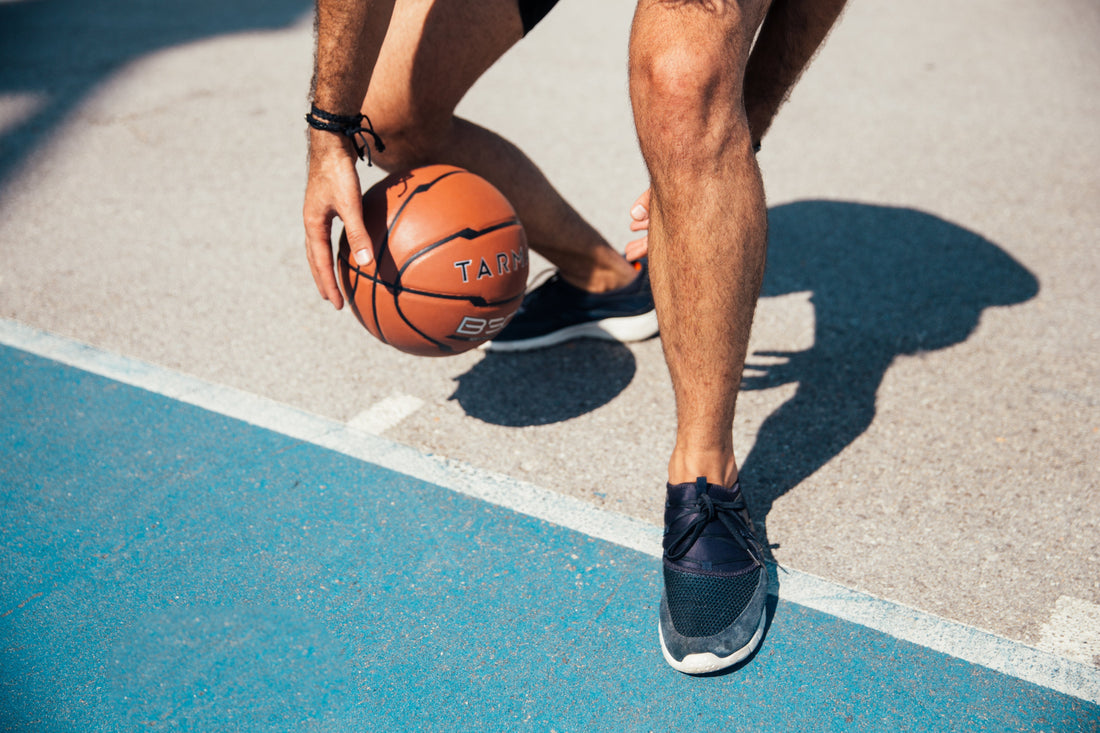
Anabolic window: myth or reality?
The anabolic window, long considered a crucial step in sports nutrition, has been the subject of much discussion and recommendation over the years. So, is the anabolic window a myth or a scientific fact?
What is the anabolic window?
The anabolic window refers to a period of time after intense exercise when it is supposedly optimal to consume nutrients, particularly protein, to maximize muscle growth and recovery. It is therefore the time when protein synthesis is increased after training. It is specific to a given muscle group, the one you just trained. This idea has spread widely, suggesting that ingesting protein within 30 minutes of training is essential for optimal muscle gains.
For years, fitness enthusiasts have scrupulously adhered to the 30-minute rule, believing it to be the key to reaping the full benefits of their workout. However, a growing number of voices among nutrition and exercise physiology experts are questioning this practice.
Deconstruction of a myth
According to a meta-analysis published in the Journal of the International Society of Sports Nutrition (a rigorous analysis of 23 existing studies involving 525 participants), there was no significant difference between groups that consumed protein directly after training, 1 hour after training, or 2 hours after training. The researchers found that muscle protein synthesis can be stimulated even several hours after training, calling into question the need for immediate nutritional intervention. The anabolic window is therefore not a precise number, as some have suggested.
The timing of protein consumption after exercise is less critical than the total amount of protein consumed throughout the day. In other words, the focus should be on a well-balanced protein diet rather than a specific time window.
On the other hand, if you haven't eaten anything for four hours before a workout, your body will go into catabolic mode, instead of anabolic mode. It is therefore necessary to eat a snack or meal quickly to achieve your desired muscle volume goal. In short, if you haven't eaten for several hours before your workout, and you haven't eaten anything during exercise, then it is indeed crucial to eat quickly afterwards.
Conclusion
Ultimately, the anabolic window seems less categorical than a universal commandment. Evidence suggests that priority should be given to adequate protein consumption throughout the day rather than a rush to consume nutrients in the minutes following exercise.
